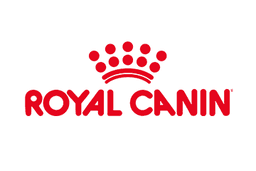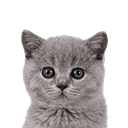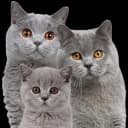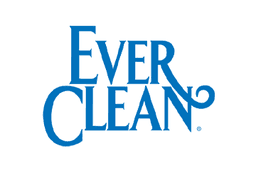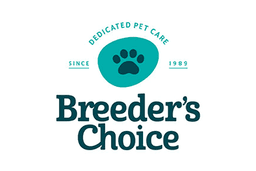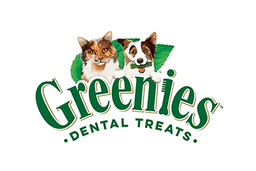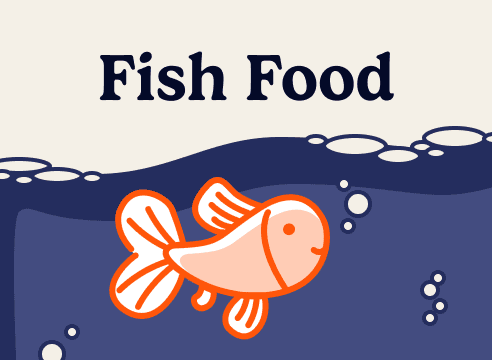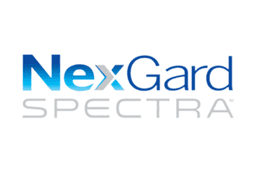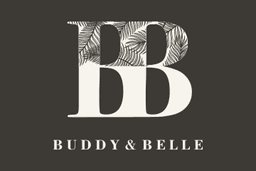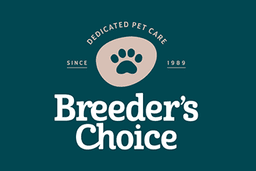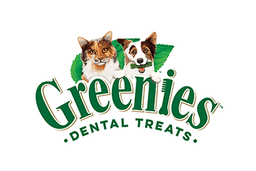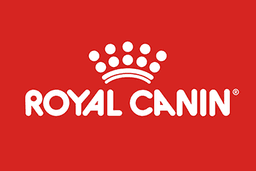Elevated bowls have gained popularity among cat owners for the variety of benefits they provide. Making small adjustments to your cat's routine, like raising their food bowl, can significantly enhance their wellbeing. This change supports better digestion, alleviates joint strain, and promotes a more comfortable eating experience, all of which can improve your cat’s overall quality of life. Let’s take a closer look at how this simple modification can positively impact your cat's daily routine.
Improve Digestion and Reduce Bloating
One of the most significant advantages of elevated cat bowls is their potential to improve digestion and reduce the risk of bloating. When cats eat from low bowls, they are forced to crouch, putting their head below their stomach which can make swallowing difficult and disrupt the natural flow of digestion. An elevated bowl raises your cat’s food to a more natural height, allowing them to eat without bending over awkwardly. This reduces strain on their digestive system, helping prevent issues like indigestion, bloating, and even vomiting. By improving your cat’s posture during mealtime, you can help them eat more comfortably and digest their food more efficiently.
Reduce Joint Strain and Discomfort for Senior Cats
As our cats get older, they will begin to experience joint pain and stiffness, making everyday activities like eating more difficult. Elevated cat bowls can help alleviate this strain by eliminating the need for your cat to bend down to reach their food. This is especially beneficial for cats with arthritis or other joint issues, as it allows them to eat more comfortably without putting pressure on their joints.
In addition to joint relief, elevated bowls promote better posture. When cats eat from low bowls, they are forced into a hunched position, which can lead to back pain and discomfort over time. By raising the bowl to a more natural height, your cat can maintain a more upright posture, reducing the risk of back problems and improving overall comfort during meals.
Support Cats with Flat Faces or Brachycephalic Breeds
Certain breeds like Persians and British Shorthairs, have flat faces that make eating from traditional bowls difficult. Their shorter noses and flatter profiles create challenges when trying to reach food at the bottom, leading to discomfort during mealtime. Elevating the food dish to a more comfortable height helps these cats eat with ease, minimising frustration and preventing messy spills.
Keep Your Cat’s Feeding Area Clean and Hygienic
Speaking of messy spills, elevated cat bowls can help keep your cat’s feeding area cleaner. Low bowls are more prone to food and water spills, which can attract dust and insects. By keeping the food further from the floor, you can significantly reduce the chances of contamination, ensuring your cat's meals are always fresh and safe. This also means less time spent cleaning up after your cat, making their feeding area a more pleasant and hygienic environment for both you and your feline friend.
Encourage Slower Eating Habits for Better Health
If your cat is a fast eater, they might be swallowing more air along with their food, which can lead to bloating and discomfort. Fast eating can also cause your cat to overeat, which can lead to weight gain and associated health issues. By adjusting the height of their bowl, you can encourage your cat to eat at a more controlled pace, reducing the risk of digestive issues and supporting their overall health.
Frequently Asked Questions
Should Every Cat Use an Elevated Bowl?
Not every cat necessarily needs an elevated bowl, but they can be particularly beneficial for older cats, cats with digestive issues, or breeds with flat faces. It’s worth observing your cat’s behaviour during mealtime—if they struggle to reach their food or eat too quickly, an elevated bowl could help. However, some cats may prefer their bowl at ground level, so it’s all about finding what works best for your feline friend.
Can I Use an Elevated Bowl for Both Wet and Dry Food?
Absolutely! Elevated cat bowls function the same way as regular bowls but are simply raised off the ground. Whether your cat prefers wet food, dry food, or a combination of both, an elevated bowl can handle it. You can also use an elevated bowl for water, ensuring your cat drinks more comfortably.
Will an Elevated Cat Bowl Stop My Cat from Vomiting?
An elevated cat bowl can help reduce vomiting in some cases, especially if your cat has trouble swallowing or tends to eat too quickly. By improving their posture, an elevated bowl reduces the likelihood of swallowing excess air and helps food move more easily into the stomach. However, if vomiting persists, it’s always best to consult a vet to rule out underlying health issues.
Can Kittens Use an Elevated Bowl?
While kittens are typically very flexible and able to eat from low bowls, starting them with an elevated bowl can help them develop good eating habits early on. Plus, as they age, they’ll already be used to the benefits of an elevated feeding position, which can prevent joint strain and digestive issues later in life.
Choosing the Right Elevated Cat Bowl
When selecting an elevated bowl for your cat, consider the height and material. Choose a bowl that allows your cat to eat in a comfortable posture without stretching too far or bending too low. Stainless steel or ceramic bowls are durable and easy to clean, making them ideal for daily use. Make sure the stand is stable enough to prevent tipping and has non-slip features to avoid movement during mealtime.
Switching to a raised bowl is a simple yet impactful way to boost your cat’s health and comfort. By easing strain on their joints, aiding digestion, and keeping their feeding area tidier, this small adjustment can make a noticeable difference. Whether your cat is young, old, or somewhere in between, elevating their food and water bowls can enhance their overall wellbeing, making mealtime more enjoyable for everyone involved.





